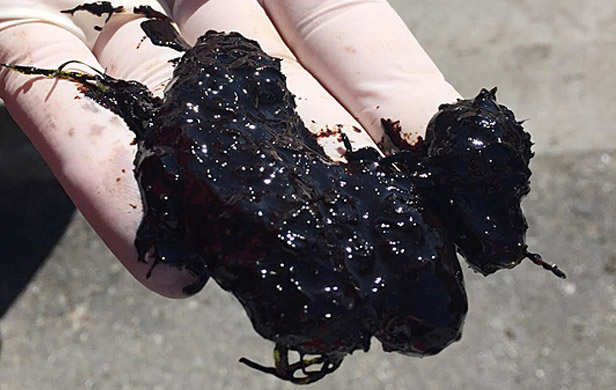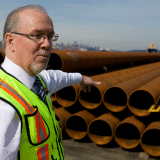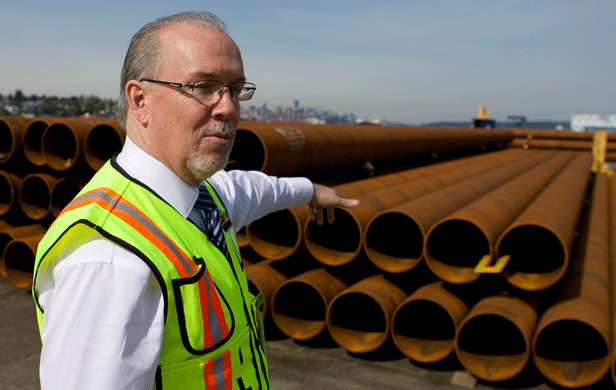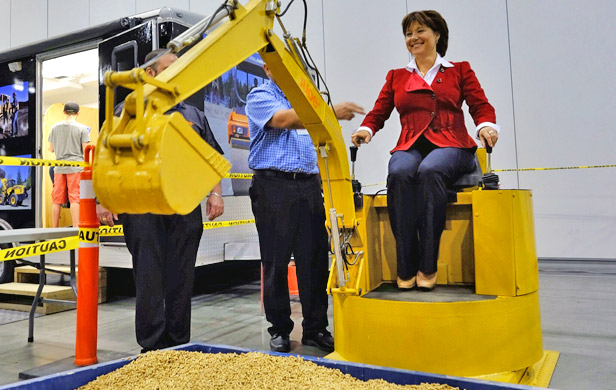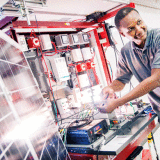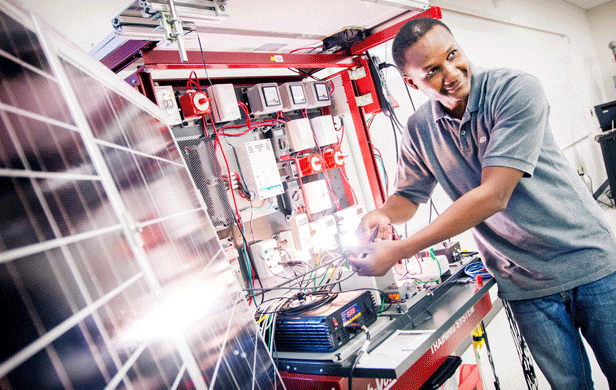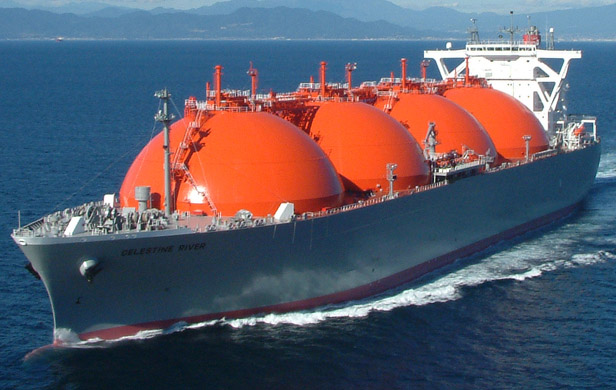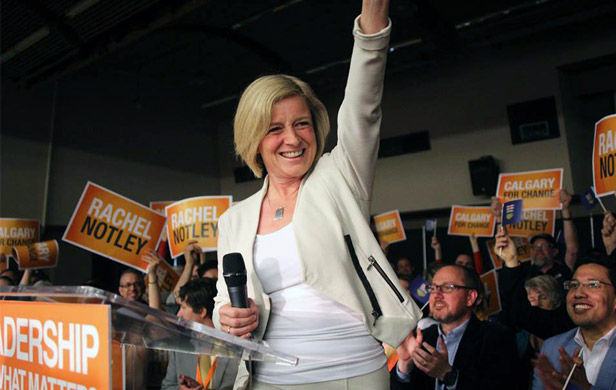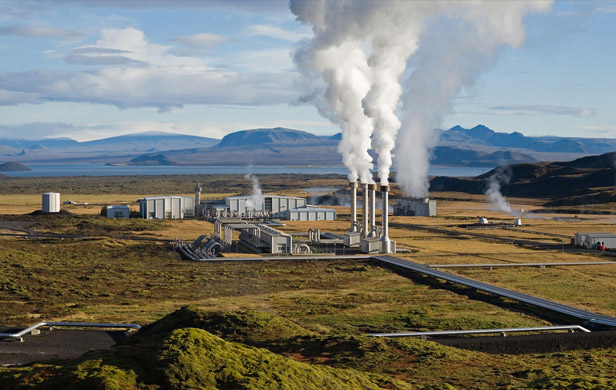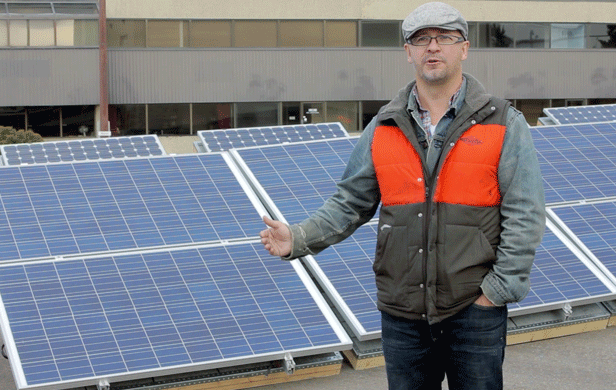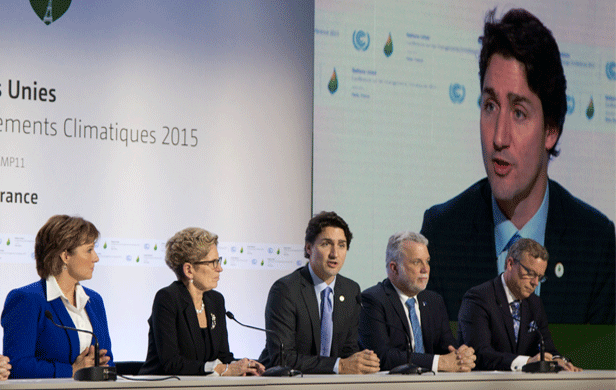
I am writing today about the Trudeau government’s increasingly bizarre policy on fossil fuels, which essentially amounts wanting to have its cake and eat it too. But first, I must note that the same can be said for the government’s dealings with First Nations and myriad environmental issues surrounding Site C Dam – as yesterday’s quiet approval by DFO of key permits for the project shows. Treaty 8 First Nations are going to federal court in September to challenge a lack of consultation regarding a project with massive implications for their territory and rights.
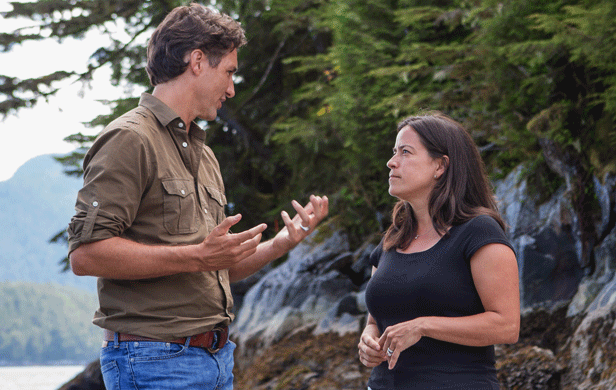
Aboriginal Justice Minister Jody Wilson-Raybould has publicly acknowledged this project would violate treaty rights, while the Trudeau government made a big deal recently about backing the United Nations Declaration on the Rights of Indigenous People. And yet, where the rubber meets the road, we have the swift, closed-door approval to damage important fish habitat, with no meaningful consultation of First Nations and local landowners. What are we doing in this day and age destroying any fish habitat at all? Moreover, the latest research shows that big dams are actually destructive to the climate, not “green” or “clean”. It’s getting harder and harder to square Justin’s campaign promises with his actions in government.
Forget Paris
The federal government’s ever-evolving oil and gas policy isn’t much different. I am puzzled by Prime Minister Trudeau’s attitude towards fossil fuels for, not to put too fine a point on it, he simply does not seem to have the courage to follow through on his peerless stage performance in Paris, where he became the darling of the world’s glamour puss fans. I hate to think that the fossil fuel industry, which mostly controls the media, controls him too and has frightened him off course.
Without descending into the world of science, where I admit I am instantly lost, my understanding was that he and Canada would take the lead in fighting climate change and that we would begin to wean ourselves off the extraction, use, transport and export of fossil fuels.
It doesn’t take a highly developed understanding of these issues to know that climate change is mainly caused by fossil fuels in the atmosphere and that despite the customary and convenient ignorance of Premier Christy Clark, LNG would be a terrible offender.
Two steps back with Woodfibre LNG approval
And what does Mr. Trudeau do by way of setting an example?
With indecent haste, no warning and without appropriate environmental assessments, Environment Minister Catherine McKenna approved Woodfibre LNG in Squamish saying that the project underwent “a thorough, science-based environmental assessment that considered public and indigenous input and views.”
Well, not quite, because the project was assessed under the post-C-38 regulations — after the Harper government had gutted traditional safeguards for the environment and transferred the task of environmental review to the provinces which, in this case, had already committed to it!
As Michael Harris of iPolitics put it:
[quote]Under the former regulatory regime, the public process was far more rigorous. Opponents were allowed to express alternate opinions, stakeholders could submit briefs and cross-examine witnesses at the hearings. With Bill C-38, the environmental review process was emasculated, weakening the protection of the public interest. It can hardly be invoked now by the federal government to vindicate this dubious decision.[/quote]
This wasn’t how it was supposed to go, for, on March 1, 2016, on CBC National TV, Prime Minister Justin Trudeau said, in reference to developments, “governments grant permits, communities grant permission”.
Then on March 18, 2016, a mere 17 days later, even though every Council in the constituency, including the City of West Vancouver, stood unanimously opposed to the project, the Trudeau government gave the go-ahead to Woodfibre LNG!
As mentioned, one partial, shabby, discredited Environmental Process had been carried out by the Province of BC, after BC had already approved the project, and Trudeau, in the 2015 election, heavily badmouthed the National Energy Board process and procedures and promised radical changes.
A dangerous idea, approved
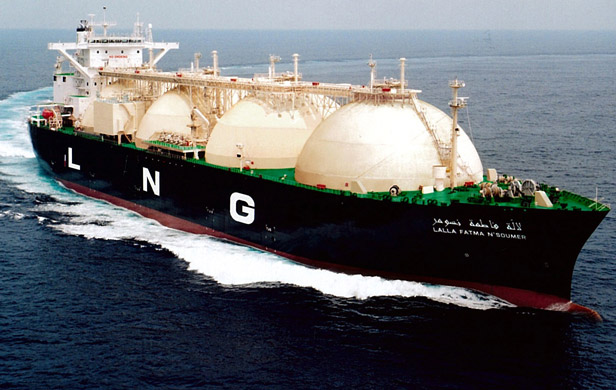 But that’s not all – there was no proper assessment of the impact of noxious discharges of the plant itself into the atmosphere or the impact of poisonous discharges into Howe Sound and their impact on recently restored salmon and herring runs.
But that’s not all – there was no proper assessment of the impact of noxious discharges of the plant itself into the atmosphere or the impact of poisonous discharges into Howe Sound and their impact on recently restored salmon and herring runs.
Think that’s all?
Not on your tintype!
By internationally accepted standards, as determined by world renowned Sandia Laboratories and set by the industry organization itself, The Society of International Gas Tanker and Terminal Operators (SIGTTO), Howe Sound and its channels are far too narrow for LNG tankers, creating a very serious safety risk. The Trudeau government has refused to take this seriously.
In fact, the Prime Minister, far from weaning us off them, is committed to more pipelines, more oil, more coal and more LNG.
You may be thinking that there’s a wee bit of hypocrisy here. Well, you ain’t heard nothing yet.
Lip service
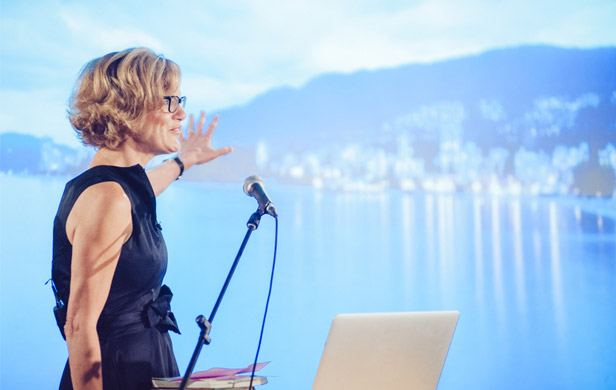
Our Liberal MP, Pamela Goldsmith-Jones, who told us during the election that she opposed WLNG, now finds herself Parliamentary Secretary to Stephane Dion, the Foreign Minister, thus on the cusp of Cabinet. I wouldn’t suggest for a moment that this converted Pam to an LNG enthusiast but she now supports WLNG.
Now, you ready for this? Pam has arranged for public hearings for her constituents not on the merits of WLNG – that is strictly off limits and not to be mentioned – but to help us all understand climate change and tell us what we can do about it, such as buy solar panels and that sort of thing.
I hardly need to remind you, I’m sure, that the best way to avoid Climate Change would be to tube WLNG and forego any other LNG production and export. That’s where the biggest increase to our carbon footprint would come from (Petronas’s Lelu Island plant alone would boost BC’s entire carbon footprint by 8.5%). So here we have the Trudeau government and MP coming to tell us how to find solutions to climate change, which they are causing and plan to cause more of, and could end with the stroke of a pen!
Saskatchewan spill worst yet
Let me close with pipelines.
Pipelines, as we know, carry noxious fossil fuels through our wild forests and salmon-spawning rivers to narrow passages on our pristine coast, from where they are tankered to faraway places. The Industry, supported by the media and Prime Minister, pooh pooh their unfortunate propensity to burst with disastrous results and irreparable damage. At this moment, when Trudeau is patiently waiting to approve two major pipelines, there has been a major fracture in Northern Saskatchewan threatening, amongst other things, major domestic water supply. We’re told this spill is worse than that into the Kalamazoo River 6 years ago, the worst modern spill, which Enbridge plays down almost as if it never happened even though it’s not been cleaned up yet and likely never will be.
You would think that Mr. Trudeau, based upon his flowery words in Paris would be deeply concerned but, au contraire, he can’t wait to get on with them.
The “Tidewater” myth
Interestingly enough, J. David Hughes, a retired senior geologist for the Geological Survey of Canada and author of the report “Can Canada Expand Oil and Gas Production, Build Pipelines and Keep its Climate Commitments?” makes a strong case that the pipelines planned are going to the wrong place. He states the following:
[quote]The widely recited rhetoric that new pipelines must be built to oceans — or “tidewater” — to capture a significant price premium by selling on international markets is likewise not supported by the facts.
Although oil is a globally priced commodity, between 2011 and 2014 the international price (“Brent”) was considerably higher than the North American price (“WTI”). In September 2011 the differential reached $25.26 per barrel. However, the average differential in the six months ending May 2016 was 88 cents per barrel and recently Brent has been trading below WTI.
Not only has the international price advantage evaporated, but Canada’s primary oil export, Western Canada Select, sells at a discount to WTI. That’s because it is a lower grade heavy oil and will sell at a discount whether sold internationally or to North American markets.
Thus the premium that fuelled the rhetoric on the need for new pipelines to “tidewater” has disappeared and is unlikely to return.
Developing a climate plan to meet Canada’s Paris Agreement commitments is a challenging but achievable task for the federal government. Doing so while meeting Alberta’s and BC’s oil and gas production growth aspirations, however, will be virtually impossible.
The oil and gas industry is certainly not going away any time soon, but if Canada is serious about meeting its climate commitments it is time for the prime minister and premiers to do the math and stop telling us we can have it all.[/quote]
This is a bit of the history of the actions of prime minister Justin Trudeau since he did his dog and pony show in Paris and wowed us all with his commitment to the environment and, particularly, in reducing climate change, which has the potential to do no less than destroy the world.
Somehow I don’t think my prime minister has been telling the truth and I’ve lost faith in his commitment to do what he promises. Can anyone help me understand why I feel this way?
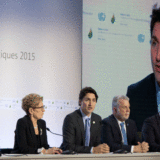


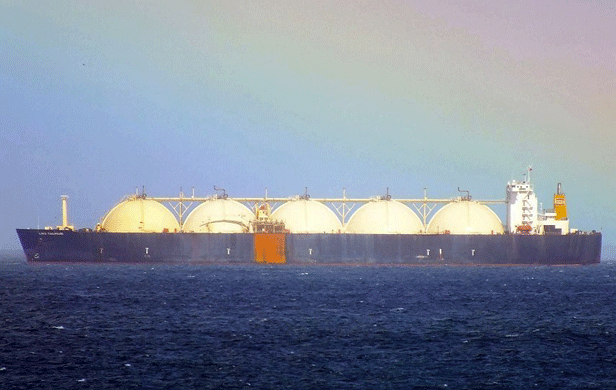
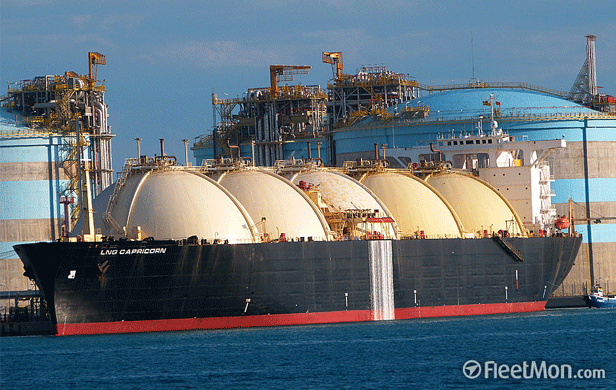
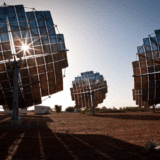
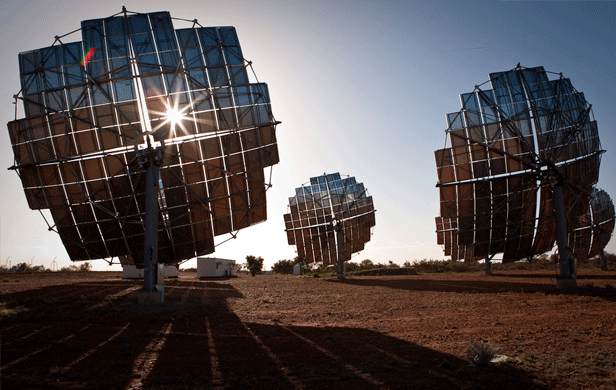
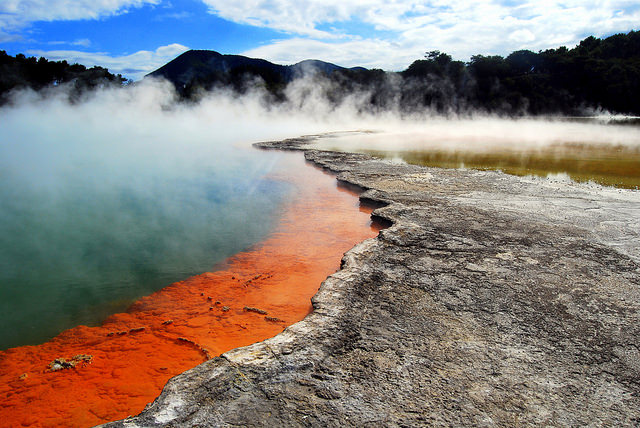



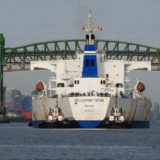
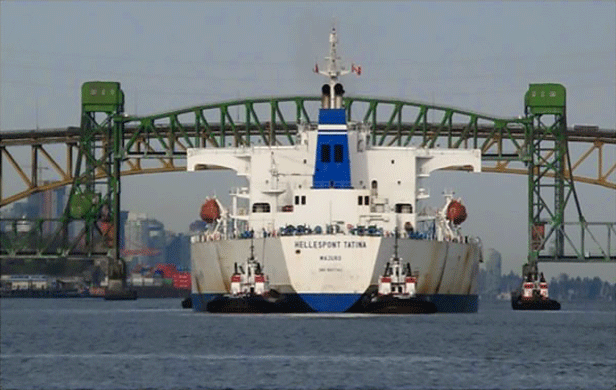
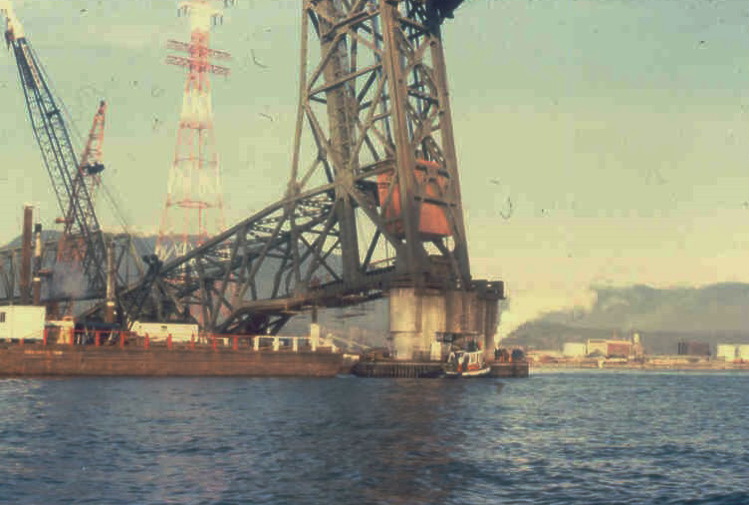
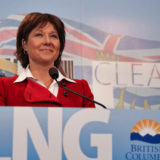
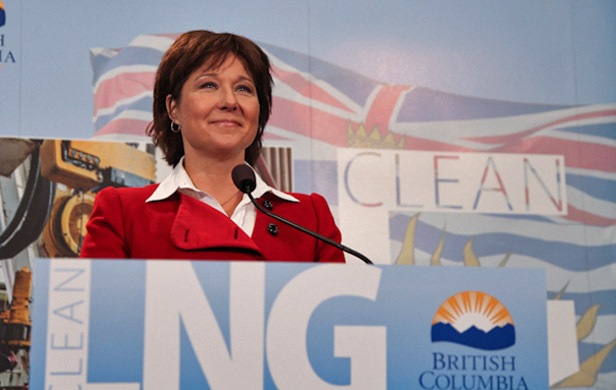
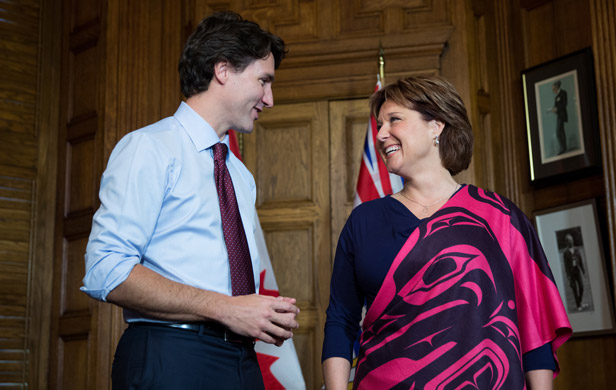
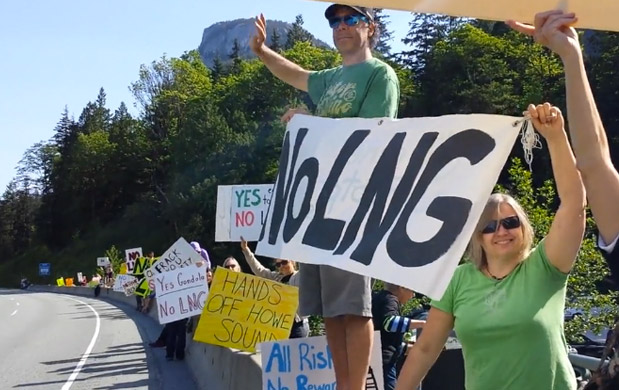
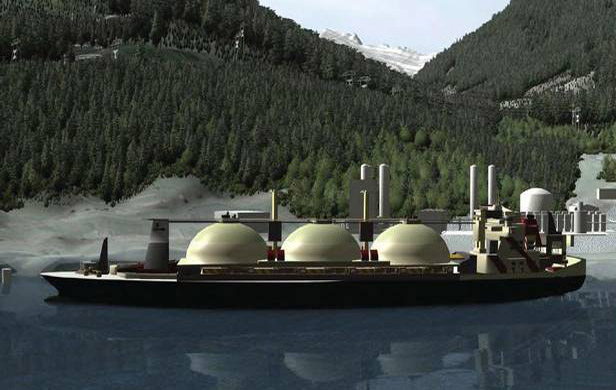


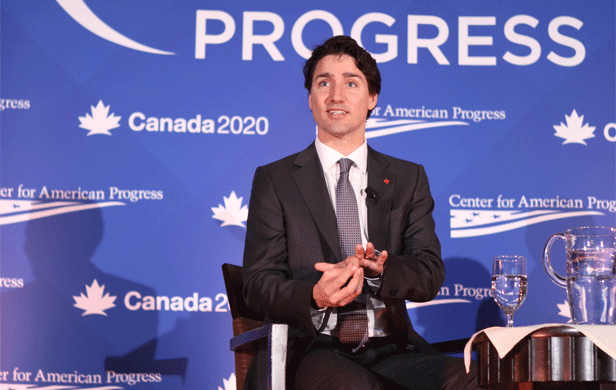
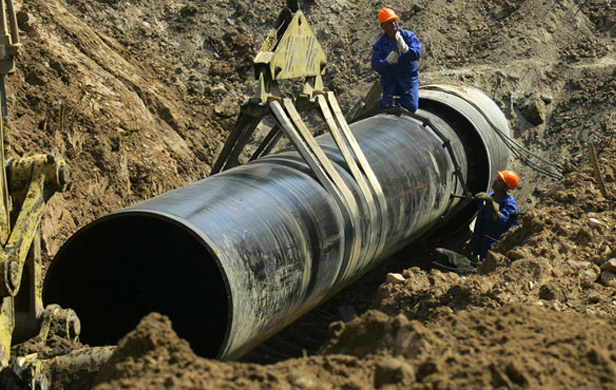
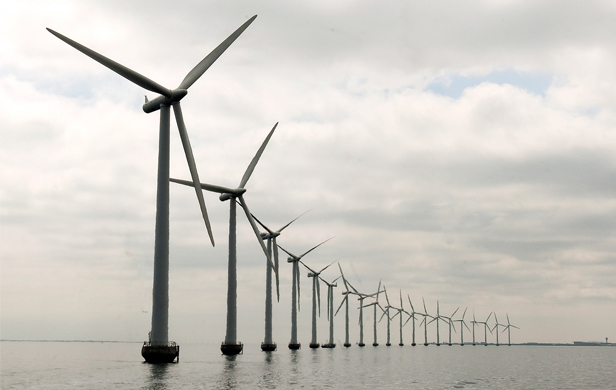

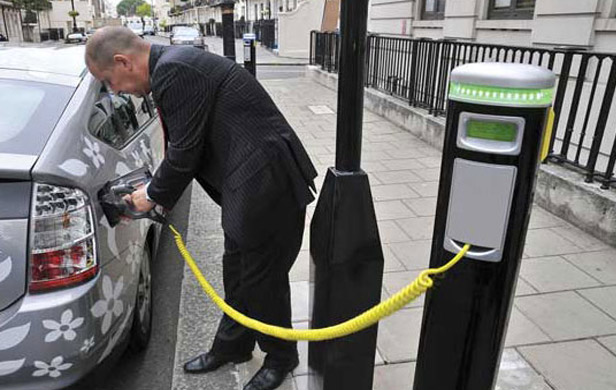 Moreover, past Liberal governments offered substantial funding for clean transportation innovation but Budget 2016-17 only calls for $56.9 million over two years, which is to be divided up to cover the development of regulations and standards, including international emission standards for the air, rail and marine sectors. Thus, this money will only cover a handful of clean transportation projects.
Moreover, past Liberal governments offered substantial funding for clean transportation innovation but Budget 2016-17 only calls for $56.9 million over two years, which is to be divided up to cover the development of regulations and standards, including international emission standards for the air, rail and marine sectors. Thus, this money will only cover a handful of clean transportation projects.
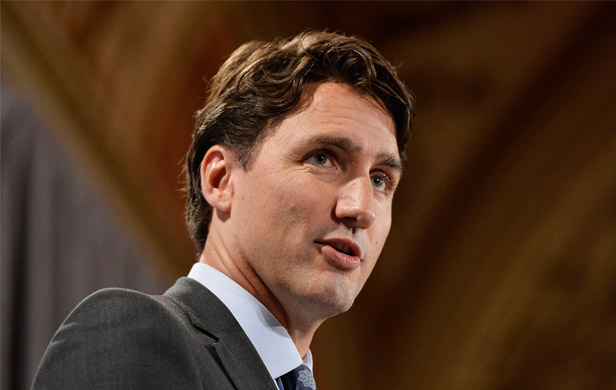
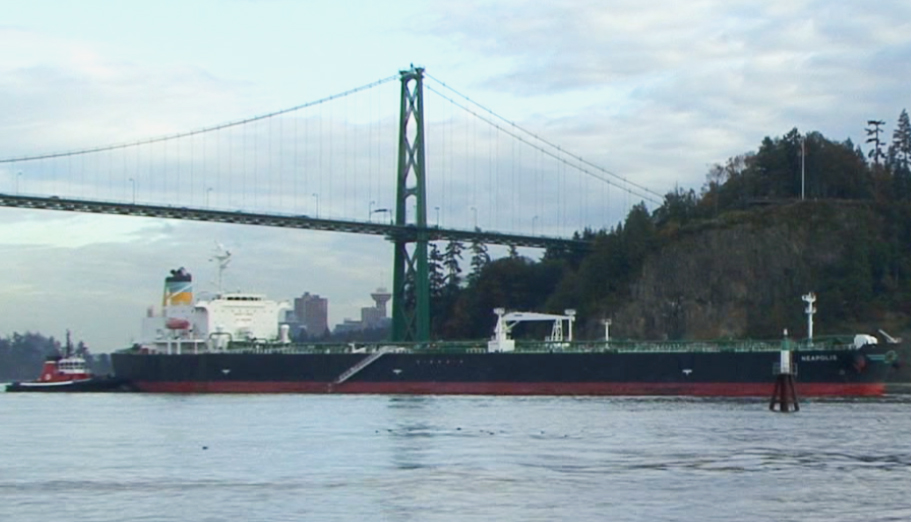 Now comes Kinder Morgan. Your party screamed like a stuck pig at the Harper government’s loading of the National Energy Board in favour of business – business that financially supported his government and now yours. There were going to be reforms. Structural changes, independence, fair play and the appearance of it. I say it again – compared to the NEB and all environmental assessment boards I have attended, the old Soviet show trials look like paragons of British justice. My response to the press when asked what was proposed for WFLNG was that after attending several meetings myself, I would rather have a root canal without an anaesthetic than go through another.
Now comes Kinder Morgan. Your party screamed like a stuck pig at the Harper government’s loading of the National Energy Board in favour of business – business that financially supported his government and now yours. There were going to be reforms. Structural changes, independence, fair play and the appearance of it. I say it again – compared to the NEB and all environmental assessment boards I have attended, the old Soviet show trials look like paragons of British justice. My response to the press when asked what was proposed for WFLNG was that after attending several meetings myself, I would rather have a root canal without an anaesthetic than go through another.